Connecting the Dots
We are pleased to announce a series of blog posts about “Connecting the Dots” between Human-Centered Design and the world in which we work and live. This series will explore the rich and deep connection between design and our realities, how design affects our experiences, underscoring the importance of design in our lives.
We chose this theme because that is how my brain works: it is a dot connector that associates events, ideas, thoughts, and processes to find optimal solutions. I often link different ideas and insights from meetings and mix them with new perspectives to apply them to a project I am working on. I have discovered that to build those relationships, and I need to have a lot of information fed into my curious mind to nurture my dots collection. I often take notes in notebooks and colorful pens because mind-maps and diagrams help me think, organize my thoughts and draw lines when I find relationships. These connections can be triggered by a podcast, an article, a completely unrelated conversation with friends or even a run or a walk.
During the pandemic, online workshops and conferences became a rich source of inspiration. Don’t take me wrong; I am a social creature that needs human connections. Yet, I suddenly had access from my room to an amazing pool of knowledge. I remember The Rockwool Foundation: “System Innovation Initiative” conference. I learned the concept of systems design, where multiple actors are considered when designing a solution. I realized that I had often used this in previous development experience: looking for public-private partnerships to strengthen a project and having partners and collaborators from other organizations. From there, somehow, I landed into the Zebra Companies concept and how the whole ecosystem is better off when all its inhabitants thrive. That made me remember an idea learned in an undergrad International Negotiation class on having a win-win strategy in our negotiations. Instead of dividing the existing piece of pie, we could look for ways to find other pastries.
Thanks to my notebook, I know that the train of thought described in the previous paragraph ended up emphasizing empathy. Because to get to a win-win negotiation, you need to empathically understand the needs and aspirations of the person with whom you are negotiating. Empathy is the tool that enables us to walk in each other’s shoes and to understand in a way that leads to better actions, reactions, services, and products. And once again, this triggered one more wagon in my train of thought: “how can we bring empathy to all of our spheres of influence: the NGO’s workers, the stakeholders, and more importantly, our internal collaborators?” Because empathy will help us understand how other people establish connections, and by bringing together different paths and shortcuts to reach a destination, we design powerful solutions for our clients. Because I wrote this blog post, but with Komlan’s editorial comments, we made it stronger.
Want to learn more? Schedule a prospective call with us.
Picture "Healthy adult human brain viewed face on, tractography" is licensed with CC BY 4.0. To view a copy of this license, visit http://creativecommons.org/licenses/by/4.0/
